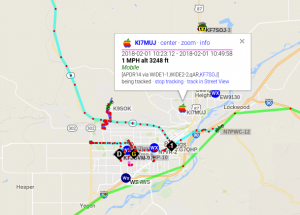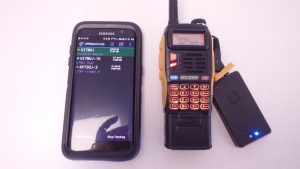Communication While Backpacking
Author: chris | Category: Hiking Articles, Hiking Gear | Tags: communication while backpacking, ham radio, spot gps
Communicating while backpacking might seem like the last thing that you would want to do. After all, we leave technology behind to embrace the wilderness and to focus on nature. Technology can interfere with this– there’s no better feeling than being completely “off the grid” for a week, completely disconnected from the outside world. However, there are exceptions to this- you may be backpacking alone, have health problems, or have family that needs checking on. In these circumstances, communication while camping in a remote location is not only a good idea, but a need. Thankfully, there is more than just one option when it comes to backcountry communication, and the price tag on one of the options will work with almost any budget. (more…)
17 Feb 2018




